Getting to the Heart of Human Physiology
Like most science courses at Vassar, Biology 217 (Human Physiology) has traditionally consisted of classroom lectures and discussions and a weekly laboratory session where students reinforce what they have learned through hands-on experiments and observation. Until this spring.
Professor of Biology Kate Susman took an innovative, interdisciplinary approach to the course for Spring Semester 2024, recruiting four health-related organizations in the local community to act as her laboratories. “This class was a unique collaboration that celebrated the study of human physiology by embodying a new model, focusing on the work of people in our community,” Susman explained during a poster session on the final day of class. “Our own health is tied to the well-being of each other; we are part of a broader ecosystem, and this course embodied that idea.”
Video by Craig Bonheur
Students in the class were split into four groups, and each group chose to volunteer for a local organization that addressed one of four components of human physiology—the digestive, respiratory, circulatory, and nervous systems. The student teams volunteered at a food pantry and soup kitchen at the nonprofit agency Dutchess Outreach, ran asthma awareness programs for the local chapter of the American Lung Association, took part in cardiopulmonary resuscitation (CPR) training and raised funds for the American Heart Association, and engaged in several activities with clients of Evergreen Minds, an agency that supports seniors with dementia through interaction with nature. The initiative was supported by a grant from the Mellon Foundation’s Community-Engaged Intensives in the Humanities (CEIH).

The students fully embraced Susman’s new approach to teaching Biology 217. “It was an enriching experience to meet the people who really appreciated the food we were providing,” said Teresa Kim ’25, one of two volunteers at The Lunch Box soup kitchen run by Dutchess Outreach. “We gained teamwork and organizational skills prepping the meals.”
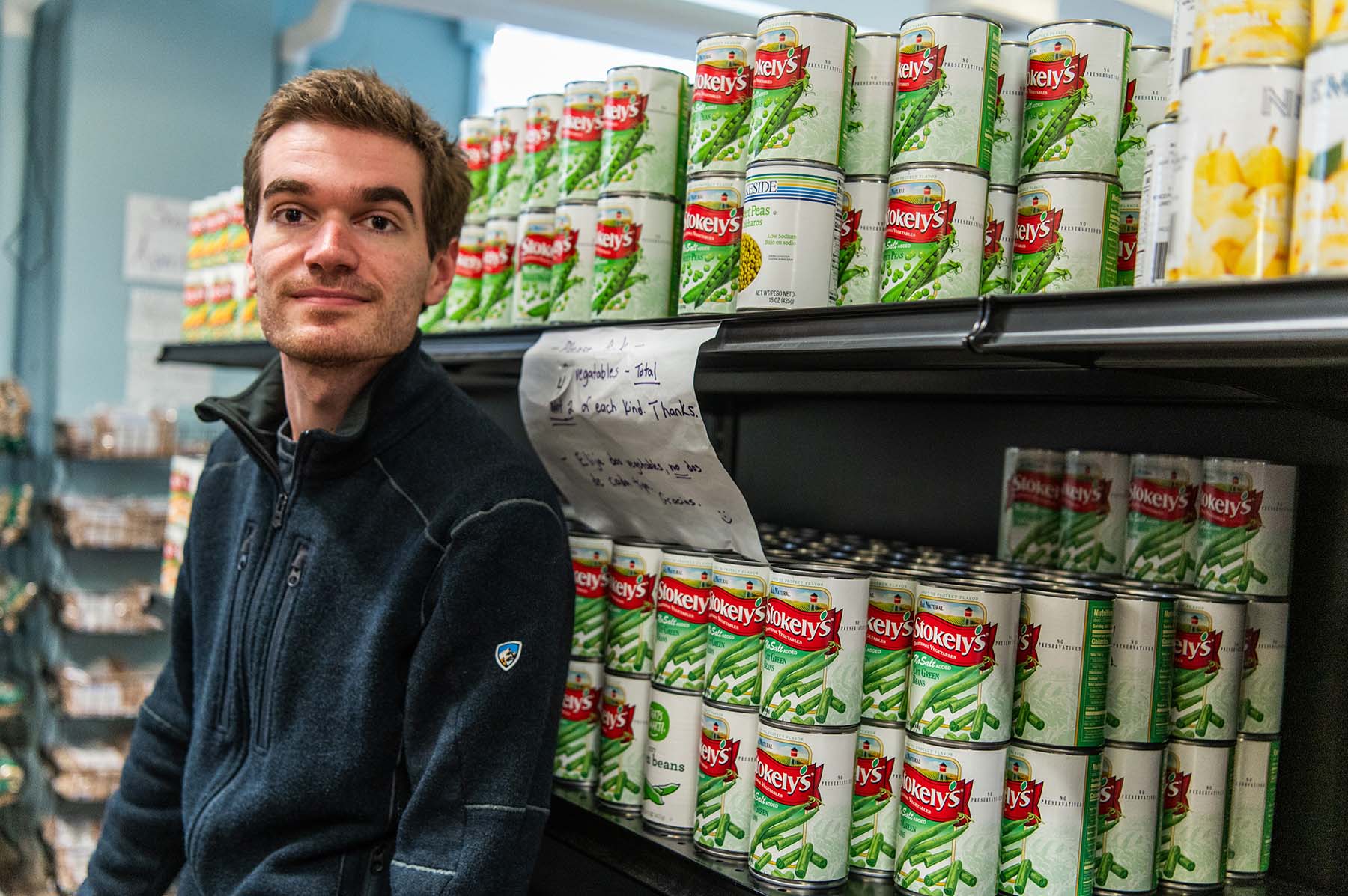
Nyhisha Gibbs, Director of Community Engagement at Dutchess Outreach, said all four students who volunteered had made positive contributions to the agency’s work. “This collaboration with Kate’s class was a pilot program, but I’m sure we’d like to do it again the next time the course is offered,” Gibbs said. “The students carried out their tasks with passion and empathy.”
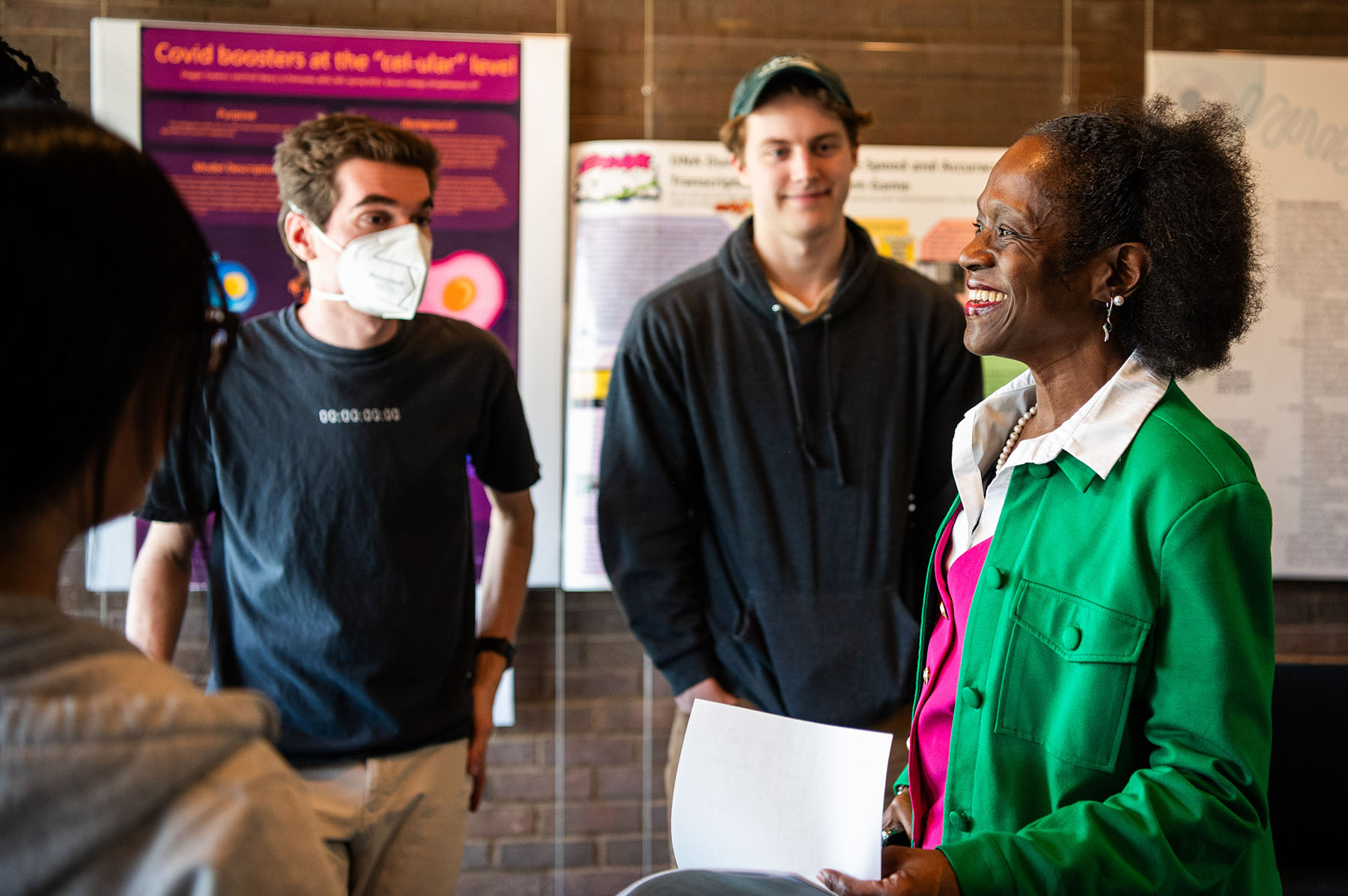
Rileigh Chinn ’25, who co-taught a five-week asthma awareness program to five fifth-graders at the Samuel F.B. Morse Elementary School in Poughkeepsie, said she was impressed with the students’ attentiveness. “We talked about the environmental risks of asthma, and the frequently poor air quality in Dutchess County made this especially important,” Chinn said.
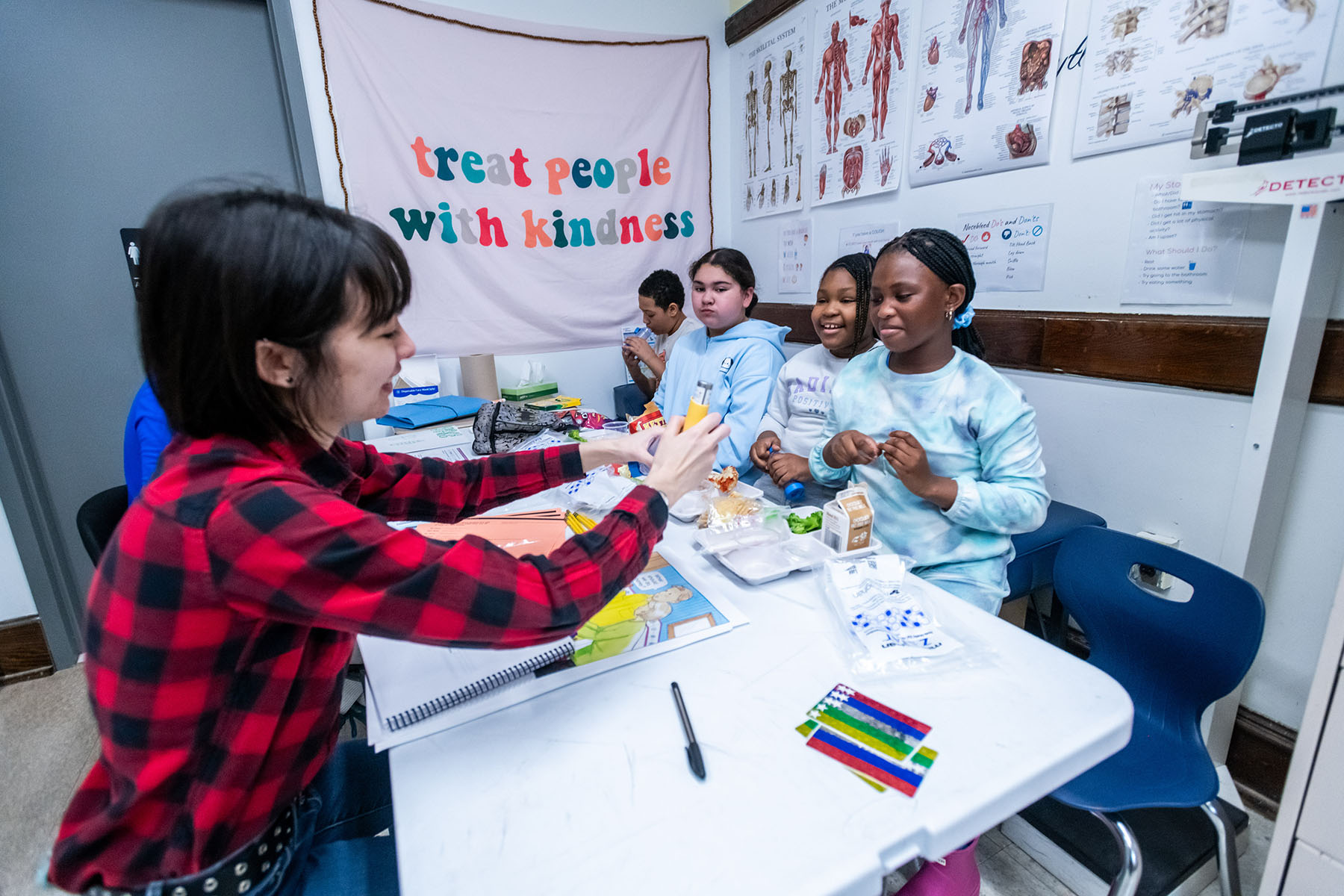
Melesha Brissett, Health Promotions Manager for the American Lung Association chapter, said Susman’s students began their volunteer work by conducting research online about asthma and then worked with her to learn about the training they would be providing to the elementary school students and the parents at the middle school. “The lessons were about monitoring the symptoms of asthma and learning to identify certain triggers,” Brissett said, “but it was also about enjoying life and not letting asthma keep you from taking part in normal activities.”
Jack Holloway ’24, one of four volunteers for the American Heart Association (they dubbed themselves the Vassar Pacemakers), said the group explained the CPR training to other members of the class and created infographics warning of the dangers of caffeine and nicotine. They placed the posters near vending machines on the Vassar campus that sold coffee and other products containing caffeine. And one member of the team, Charlie Dang, ’25, attended the Heart Association’s annual fundraising walk, where money the group had raised during the semester was donated.
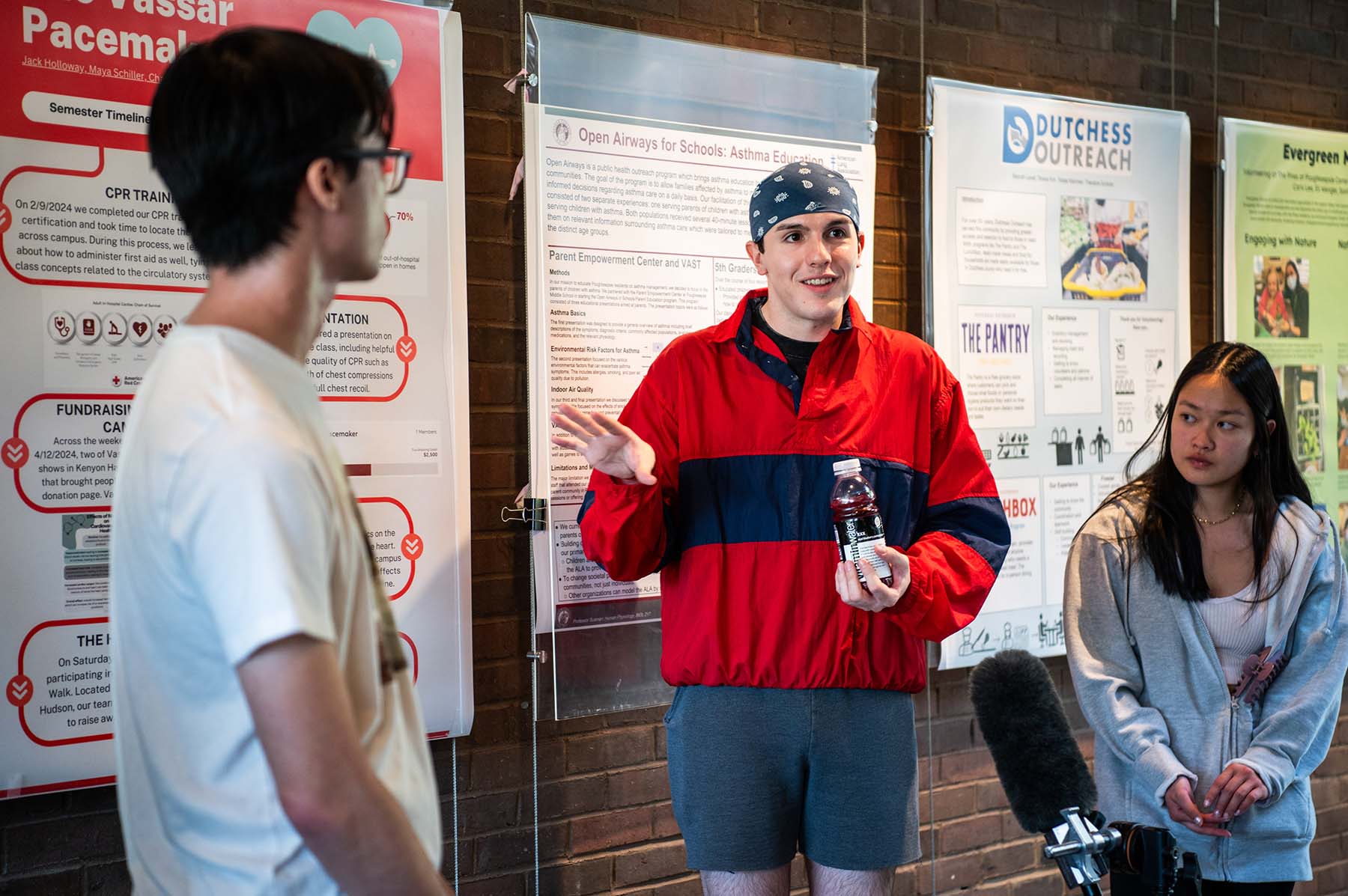
Valerie Ubriaco, Development Director of the Hudson Valley chapter of the Heart Association, said she immediately accepted Susman’s offer to work with the students. “It was great to hear that Kate wanted the class to be involved in real-world aspects of what they were learning,” Ubriaco said.
Sasha Zweig ’25, one of three members of the class who volunteered with Evergreen Minds, said she had learned about some aspects of dementia in her neuroscience classes, “but I wanted to do more hands-on interaction with people, so this was really valuable. It’s been empowering to work together with this group and gain more intellectual knowledge about dementia.”

Another student, Eli Wenger ’25, who engaged with the Evergreen Minds clients said he made personal connections with those he had worked with on the project. “I feel like I genuinely made friends with some of the people, and that was the most rewarding part of the class for me, seeing the smiles on their faces,” Wenger said. “We took what we had learned in the classroom and applied it to the real world.”
Michelle Olson, Evergreen Minds Executive Director, said she had been impressed by the student volunteers’ dedication to the activities they had engaged in with her clients. “Most of them had never had experience with people with dementia,” Olson said, “but they had a willingness to engage with them. It was a way of re-framing our mindset about aging.”
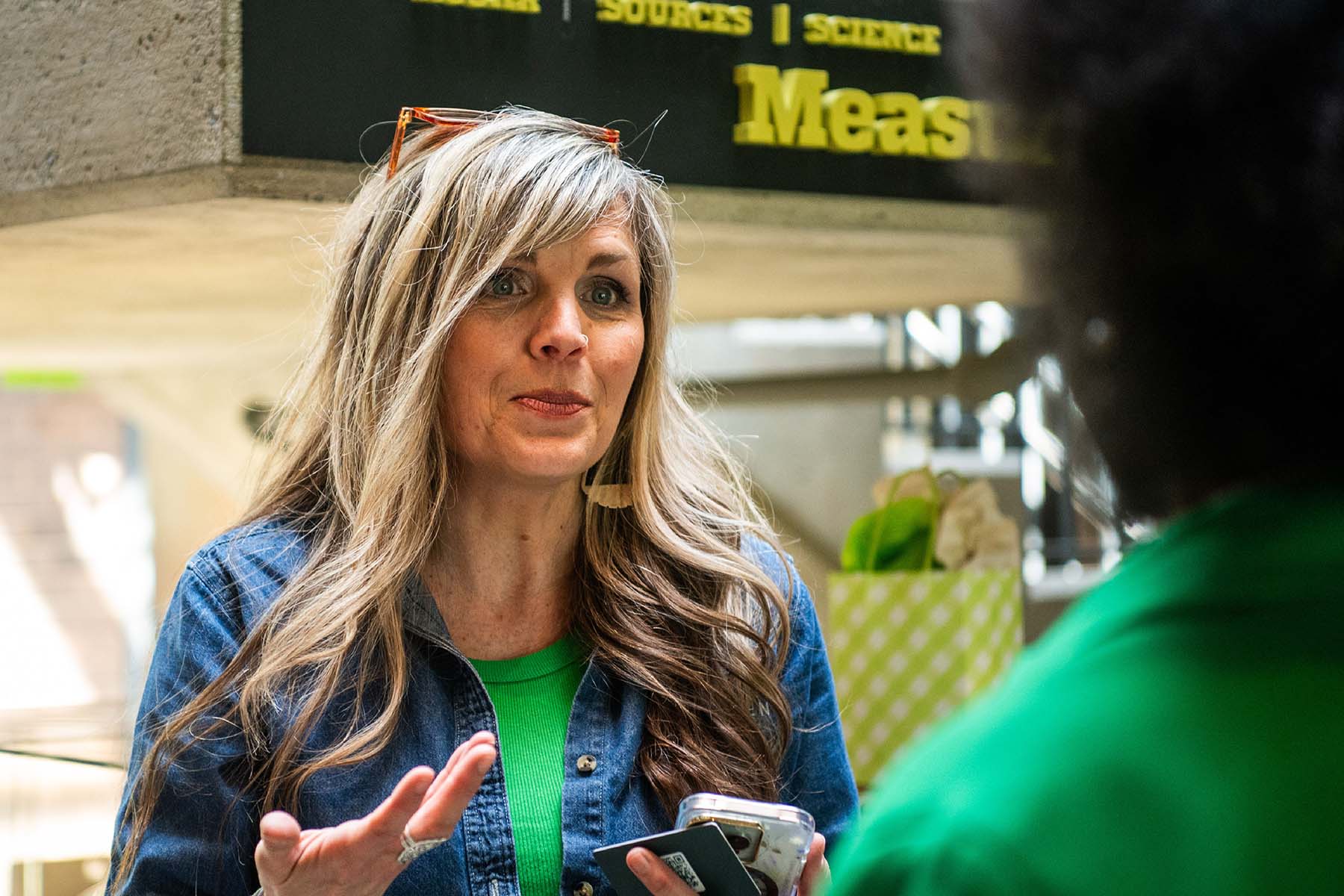
Elizabeth Cannon, Vassar’s Director of Community-Engaged Learning, worked with Susman to arrange the collaborations with the four local organizations. She called Susman’s initiative a success. “Professor Susman was brave and creative in finding these community partners and realizing that learning about their work would enable the students to apply what they were learning in class,” Cannon said. “These partners acted as co-teachers for this class, and the students’ positive experiences would not have been possible without their mentorship.”
Susman said most of the students who took the course said they would love to see this kind of community-based learning remain a part of the format for Biology 217 when it is offered again in the Fall Semester. She said she would be meeting soon with her collaborators to think about ways to do so. “This experience gave students insight into real-world applications of physiological concepts and also provided them with hands-on experience working with folks in the community for the better health of all of us,” she said. “The biggest hurdle was finding transportation, but there’s really nothing better than ‘being there,’ to learn about all the different ways students can learn about physiology while at the same time helping out. For health-related sciences, this kind of experience is a way to close the loop, learn the concepts, share knowledge and time with people, and make a difference in people’s lives.”